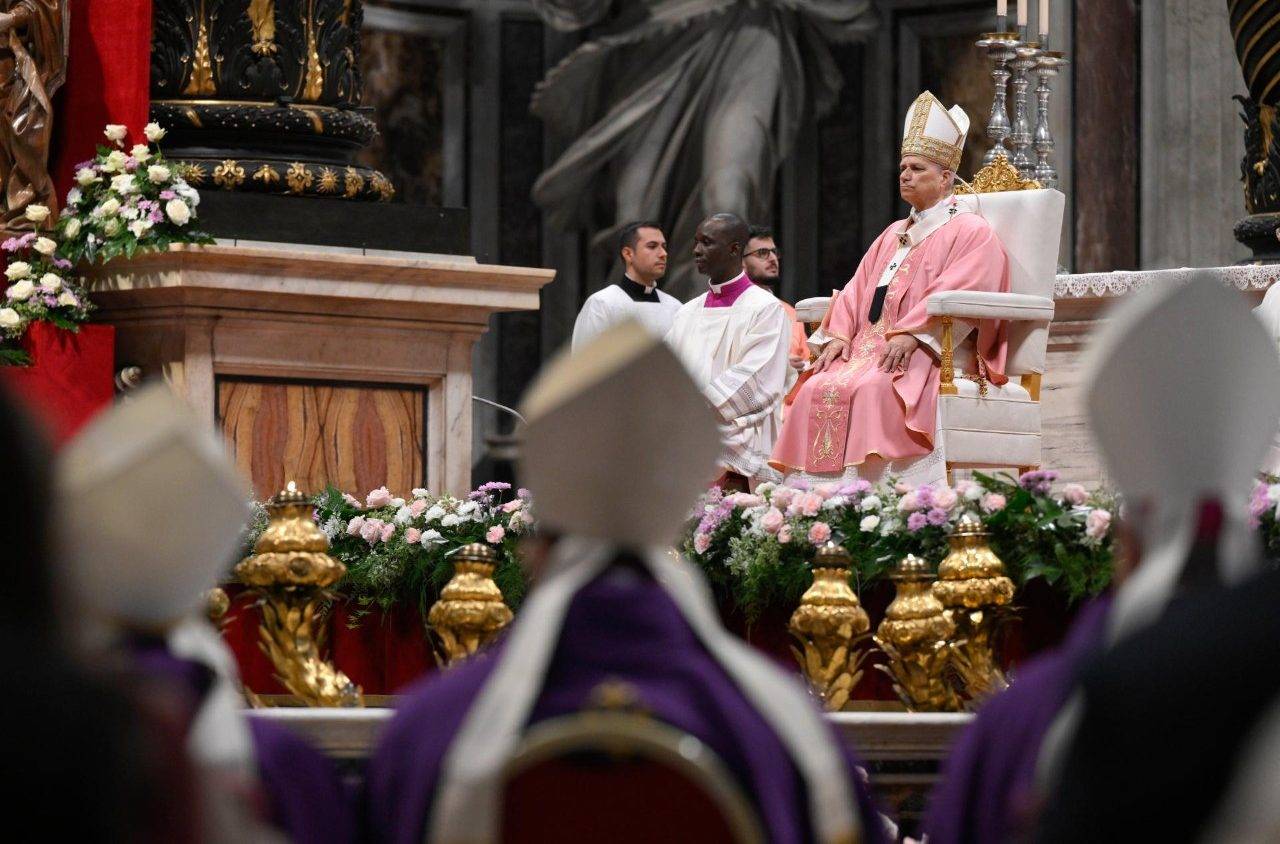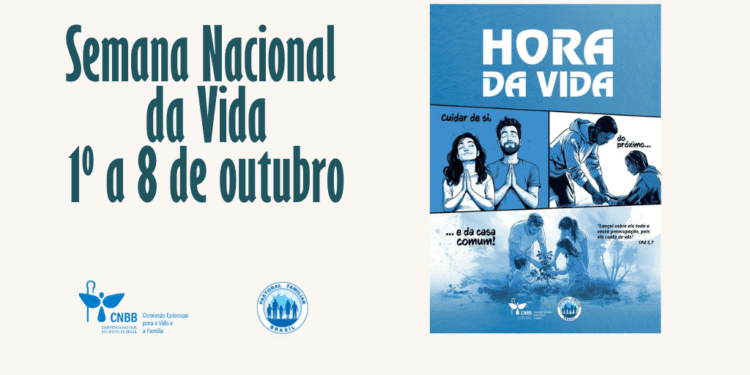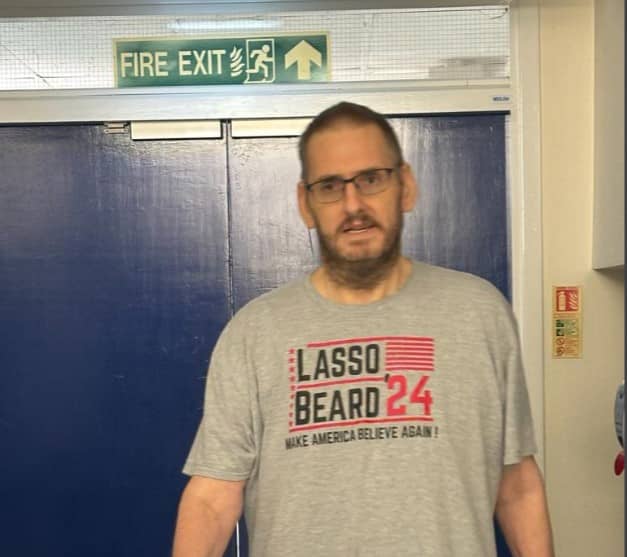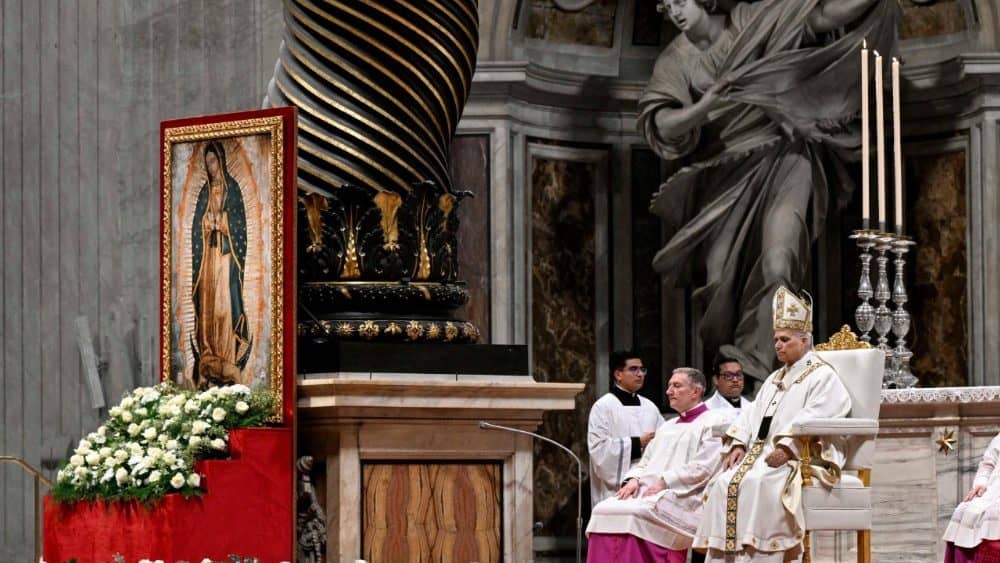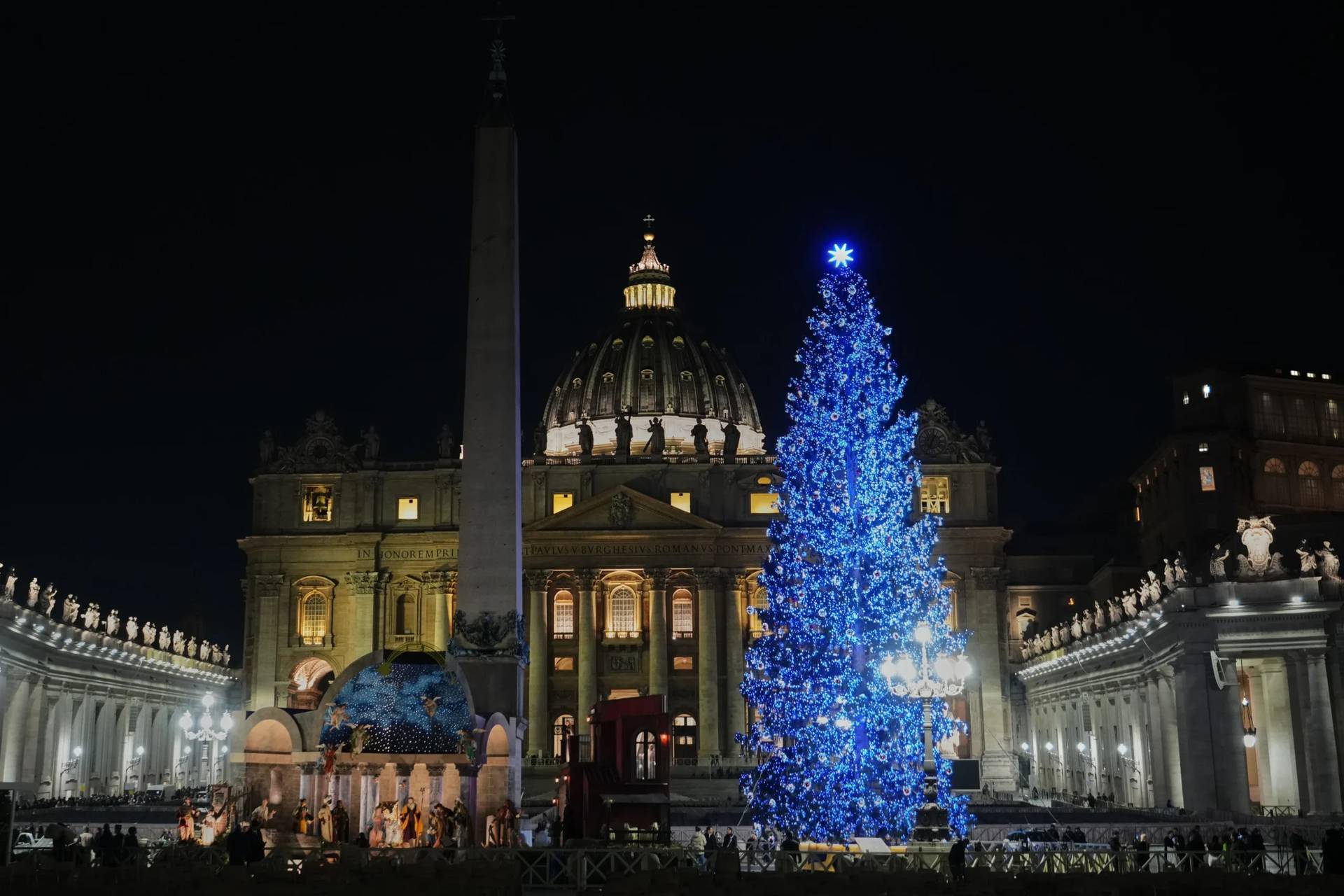The controversy at Mount St. Mary’s, a Catholic university in Emmitsburg, Maryland, made headlines for weeks: A brutally blunt new president, his plan to boost retention numbers by getting rid of poor-performing students early, the firing of professors who disagreed with him, and a faculty vote of no-confidence in his leadership.
Juicy stuff.
At the center of the storm is university president Simon Newman, a former investment banker known for, shall we say, colorful language. At the behest of the board of trustees, Newman is seeking to chart out a new direction for Mount St. Mary’s to meet the challenges facing Catholic liberal arts institutions in the 21st century.
But what’s happening at Mount St. Mary’s has repercussions far beyond “The Mount,” as the institution is affectionately called: It stands as a cautionary tale for all Catholic institutions, many of which will soon face the same challenges.
Catholic higher education has experienced major changes over the last half-century. The Second Vatican Council (1962-1965) charted out a more open attitude toward the surrounding world. Taking its lead from some of the Council’s key documents, a group of prominent American Catholic academics gathered at Land O’Lakes, Wisconsin in 1967 and called for rethinking how Catholic institutions understand their identities and express their relationship to the institutional Church.
Many Catholic colleges and universities transitioned to governance by boards composed primarily of lay men and women and revised their curricula in bold and creative ways.
In the 1990s, the pontificate of John Paul II brought a renewed emphasis on the goals of Catholic higher education. In his apostolic constitution for Catholic universities, Ex Corde Ecclesiae, John Paul II presented a compelling vision of Catholic higher education as “born from the heart of the Church.”
The Pope’s reflections also carried with them some very concrete — and to some, controversial — requirements: All Catholic institutions must have a faculty that is at least 50% Catholic, and professors in the theological disciplines (Sacred Scripture, dogmatic theology, moral theology, pastoral theology, canon law, liturgy, and Church history) should have a “mandatum,” or official approval, from their local bishop.
Over the past two decades, Mount St. Mary’s and other Catholic institutions have found themselves at the center of an intense discussion about what it really means to be a Catholic institution of higher education. And there remain numerous approaches to this question. For example, the spirit and requirements of Ex Corde Ecclesiae have been interpreted and applied quite differently in the United States, depending upon the college or university.
It’s important to realize that each Catholic institution has its own ethos. I happen to teach at The College of the Holy Cross, an institution shaped by the traditions of the Society of Jesus, the Jesuits. Mount St. Mary’s, by contrast, traces its origins to the work of the Rev. John Dubois and the society of St. Sulpice, and has an important and highly regarded seminary associated with the campus.
Other Catholic institutions, such the University of Portland (Congregation of the Holy Cross), Dayton (Marianist), Steubenville (Franciscan), and St. Anselm’s (Benedictine), are similarly shaped by their unique histories, distinctive Catholic spiritualities, and robust intellectual traditions.
Taken as whole, Catholic higher education in the United States most closely resembles a tapestry or quilt — not a ready-made blanket or throw that you might find in a bedroom at a nondescript hotel off the highway.
Given this, especially considering how attached Catholic institutions and alumni are to their traditions, The Mount’s Simon Newman certainly ruffled feathers when he reportedly remarked that “Catholic doesn’t sell.” But while he might have chosen less provocative or more nuanced phrasing, Newman is acknowledging something Catholic institutions ignore at their peril: hard economic realities.
I am grateful — and proud — to be associated with Holy Cross, an institution dedicated to need-blind admissions made possible by engaged and very generous alumnae and alumni. But other Catholic institutions are not positioned so favorably, and often through no fault of their own.
The decline in vocations hit some Catholic institutions particularly hard, especially those serving lower-income students who cannot afford tuition increases. Dual pressures to simultaneously make education affordable but also cater to a wider range of student needs have squeezed Catholic institutions already pressed to make ends meet. In order to keep costs low, some Catholic colleges and universities have denied labor union access to their campuses and have increasingly relied on hard-working but poorly compensated adjunct faculty and staff in ways that potentially contradict central Catholic teachings about social justice.
The challenges are not just economic and ethical, but cultural. Assessment and accreditation metrics applied to Catholic institutions often do not take into account less tangible educational outcomes — such as character, creativity, and conscience — and sometimes go as far as pushing perverse incentives such as retention measurements that reward pushing underachieving students out early, as was evidently considered at Mount St. Mary’s. And each and every Catholic institution in the United States faces public relations challenges when trying to communicate the unique nature of its educational traditions and sense of community.
Responses to this complex situation have reflected the diversity of Catholic higher education as a whole.
Some Catholic institutions, like Ave Maria University and Christendom College, have essentially doubled down on their Catholic identity by emphasizing it in a comprehensive and traditional way in hopes of attracting students who want something really different from what secular institutions offer.
Other Catholics schools have effectively pushed their Catholic identities into the background in order to attract students from a broader applicant pool.
Still others have thought about Catholic identity in terms of “branding” and how contemporary marketing strategies might provide a way to re-articulate what is special about Catholic higher education in a way that is comprehensible to a new generation of students and their parents who would be willing to pay a premium price for a premium education.
If you were writing all this down on a back of a napkin to remind yourself of the pertinent issues, you’d probably run out of space:
- Branding
- Catholic identity “lite” or “heavy”
- American culture
- Rubrics of educational assessment
- Constituencies of alumni, students, and their parents
- Applicant pools and demographics
- Ethical commitments
- Basic economic realities
- Tradition
At Mount St Mary’s, you find all of these things rolled into one in the form of the present controversy. That the entire Mount St. Mary’s community is struggling to work through all of this is a cautionary tale: not because there is an easily identifiable villain, but because the same pressures could so easily overwhelm any other Catholic institution.
As a faculty member at a Catholic institution of higher education, I’m partial to idealistic visions of educational mission and the importance of the liberal arts. But it would be irresponsible of me to put my head in the sand and pretend that Catholic institutions shouldn’t change at all. In any case, the fact of the matter is that Catholic institutions have changed to adapt to challenges in the past, and they will inevitably change in the future.
I am, however, reminded about what is special about Catholic education every time I open the mailbox and collect college mailings for my eldest daughter. All the secular schools — even the most prestigious ones that have easily recognizable names — make their pitch to the individuality of the student, in this case, my daughter: education is about her interests, her needs, her sense of self, her path to fulfillment.
But Catholic higher education is not just about the individual, it’s about the community; it’s not about what we consume, it’s about what we contribute; it’s not about us simply in the here and now, but about an intellectual and spiritual tradition that connects us with others, in the present to be sure, but also in past and in the future.
Making the case that Catholic institutions are distinctive and valuable lies in the communities that Catholic institutions create. For example, at Holy Cross, I have been involved in a discussion about the implications of the Papal Encyclical Laudato Si’. It’s been a discussion that includes students, staff, trustees, administrators, and faculty with the working assumption that realizing the vision of Laudato Si’ requires a cooperative effort that involves listening as well as speaking; personal responsibility as well as institutional effort.
Creative solutions to the challenges facing Catholic higher education will come out of similar kinds of discussions — discussions that are “communal” in the best sense: open and inclusive, but also grounded in a clear set of values and commitments.
At Mount St. Mary’s, that sense of community needs to be healed. But it is also one of the strengths of Catholic higher education that it provides an institutional context for approaching the difficult work of mercy and reconciliation.
Of course, it’s hard to market mercy and reconciliation, just as it’s hard to promote an education that includes more than conventionally quantifiable talking points. But mercy and reconciliation do make for communities that are attractive to a surprising number of people: not just idealists hoping for a better world, but realists who understand that we’re not just isolated individuals, but human beings who grow, succeed, and are fulfilled not just in a deep relationship with God, but through openness to one another.








